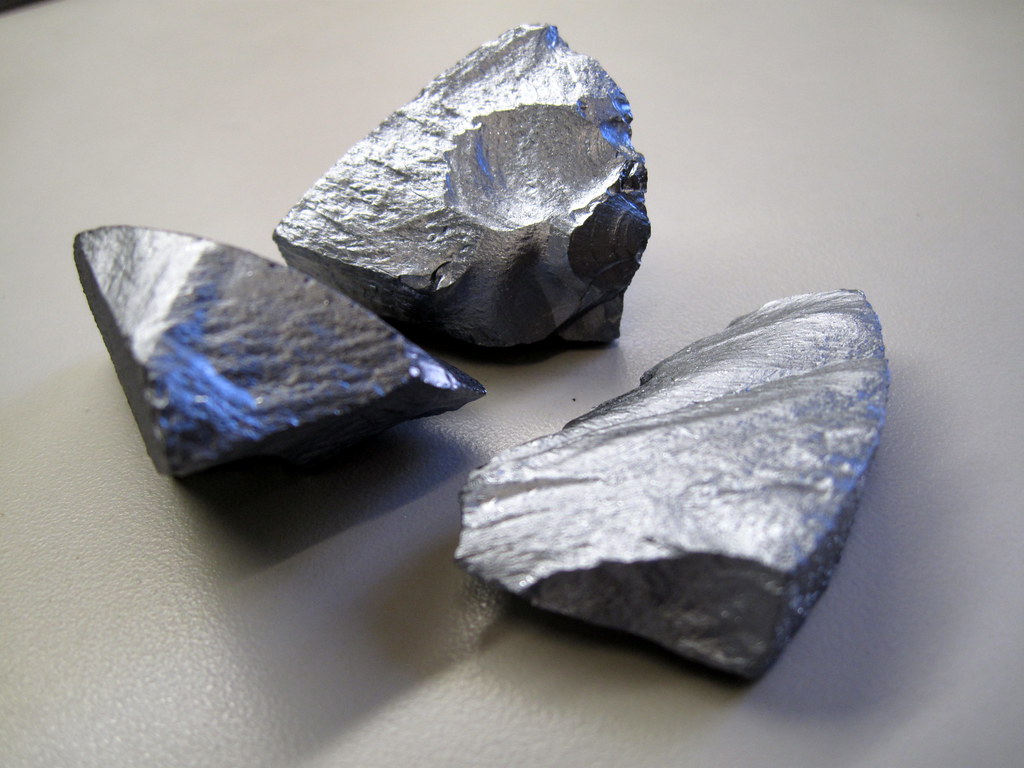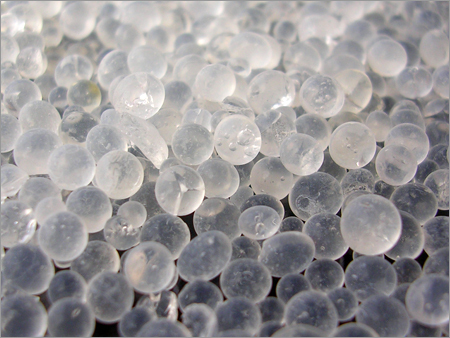
Silicon dioxide is a naturally occurring odorless and tasteless element. Renowned for its powerful properties like thickening and free-flowing, silicon dioxide can be used in several applications. From pharmaceutical to industrial applications, silicon dioxide has so much to offer.
As one of the earth’s most abundant products, This (also referred to as silica) contains SI and oxygen. This natural substance is characterized by a high melting point. On those lines, here is everything you should know as far as silicon is concerned.
Introduction
Silicon Dioxide refers to a natural compound that’s commonly referred to as silica. Its chemical formula is SiO2. And this is because it comprises two compounds: oxygen (O2) and (Si). Silica, in particular, has a lower solubility value and a higher melting point. These unique properties make it suitable for an extensive range of applications.
Summary
Silicon is a naturally occurring substance. It can be used in the manufacture of different food products. From beer to pharmaceutical products, silicon dioxide has so much to offer. The extensive use in the manufacturer of various products is attributed to its numerous properties.
Common properties include acting as an anti-caking agent, used in defoams, stabilizing beer, distribution of flavoring oils, and absorption of alcohol. it can also be used to process wine and produce gelatin.
Source
Silica is naturally available as quartz, which forms more than ten percent of the earth’s crust. Plus, it’s also available in water, soil, as well as, certain plants and animals. It’s also a major constituent of sand.
In most cases, silica is extracted through mining. While the natural form of quartz is suitable for various applications, further chemical processing is often required to enhance its quality.
Application of Silicon Dioxide
Silicon can be utilized in construction industries for manufacturing cement products. It’s also used in the food, cosmetics, as well as, pharmaceutical industries. In most of these industries, silica acts as an anti-caking agent.
Safety
Have you been wondering if silicon dioxide is safe for your body? Well, most people actually ingest or apply this substance to their skin indirectly every day. And this is mainly because silicon dioxide occurs naturally and is all around us. It’s present in most plants and vegetables.
Over the past few years, a lot of research has been done to determine the safety of silicon dioxide. Scientists are trying to find out if there’s a link between this substance and a heightened risk of cancer or organ damage.
Silicon in Food Manufacturing
Silicon dioxide can be found in numerous food products. This is because it comes with powerful gelling and thickening properties. Here is how this is being used in the manufacture of foods.

Anti-Caking– Prevents powders from sticking together. And this in turn protects products from crumbling.
Thickener– Research has proven that silica is an incredible thickening agent. It’s useful for thickening various types of foods.
Dietary Restrictions– This is considered vegan. If you have special dietary restrictions, then consider using silica. It’s also gluten-free.
Carrier– It can act as a carrier. It can help in maintaining fragrances, as well as flavors.
Free Flow– Even small additions of silica can improve powdered products. It’s highly effective in speeding up food production. Thus, it can be conveniently utilized in automated machines.
Water-absorption
Silicon dioxide is important when it comes to the preservation of foods. In particular, it absorbs moisture from food products, therefore persevering them for longer periods of time.
Uses
Silica (sand) is widely used in the building industry. It’s a key ingredient in concrete production, as well as, the manufacture of metallic components. Moreover, silica is useful in many other sand-casting applications. Due to its high melting point, silica has become increasingly popular in various applications.
Production of Dioxide Produced
In most cases, This is extracted from mining activities. This includes sand extraction, as well as, quartz purification. Essentially, quartz is suitable for numerous applications, where chemical processing is required.
Is It Toxic?
When consumed orally, silicon dioxide isn’t toxic. Nonetheless, inhaling finely ground (SI) might contribute to lung cancer, silicosis, or bronchitis. When the dust gets trapped in your lungs, it’ll constantly irritate the internal organs, hence decreasing your lung capacity.
It’s also important to note that several industries are currently benefiting from silicon dioxide. The cosmetic sphere, food, and beverage, as well as the pharmaceutical sector, are the greatest beneficiaries.
Potential Side Effects
According to the FDA, silicon dioxide—in lower levels—is safe for consumption. However, you must consume it in minimal amounts. There are various regulations for reading silicon dioxide in foods. It’s also important to note that there is no known evidence to suggest that silica is carcinogenic.
This means that it doesn’t cause cancer. However, more research is needed to ascertain the effects of silicon dioxide. The use of this can lead to a few minor side effects. This may include allergic reactions as well as issues with the digestion process.
Common Benefits
According to certain research findings, It can contribute to the growth of healthy bones. Thus, those suffering from abnormal growth, joint pains, weak bones, and poor mineral balance can take silicon dioxide.
Also, this can help you deal with the mineral imbalances in the body. Still more, those suffering from skull deformities as well as peripheral bones can take silicon dioxide.
Key Takeaway
Silica, or silicon dioxide, is an important component in the manufacturing world. Common uses include sedation, the production of the elemental form of silicon, and pharmaceutical tablets. It can also be used as an anti-caking agent.
This makes it important in the production of powdered foods such as spices. It can also be used for fine juice, bear, as well as wine. Still more, silicon dioxide is finding its way into the manufacture of toothpaste. Here, it affects the removal of plaque.
The Bottom-Line
The above guide contains everything you need to know regarding silicon dioxide. In the above guide, you will learn about, the properties, sources, and applications of silicon dioxide.
